| Structure | Name/CAS No. | Articles |
|---|---|---|
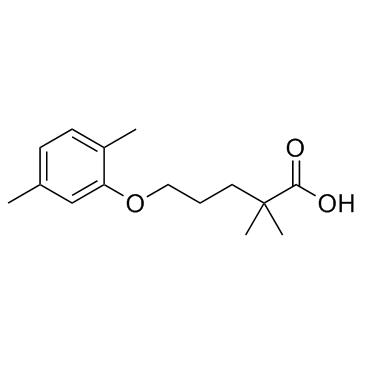 |
Gemfibrozil
CAS:25812-30-0 |
|
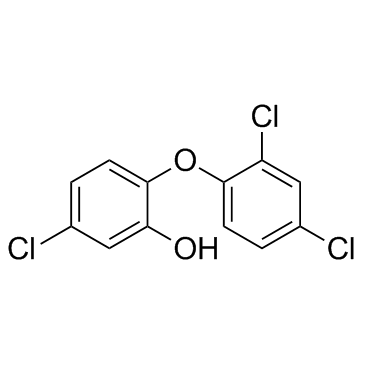 |
Triclosan
CAS:3380-34-5 |
|
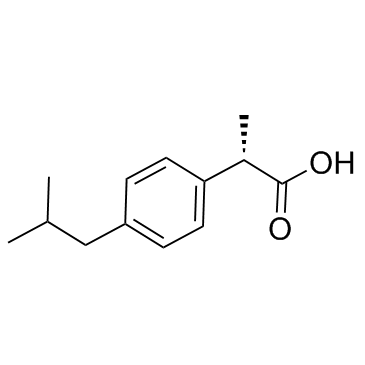 |
(S)-(+)-Ibuprofen
CAS:51146-56-6 |
|
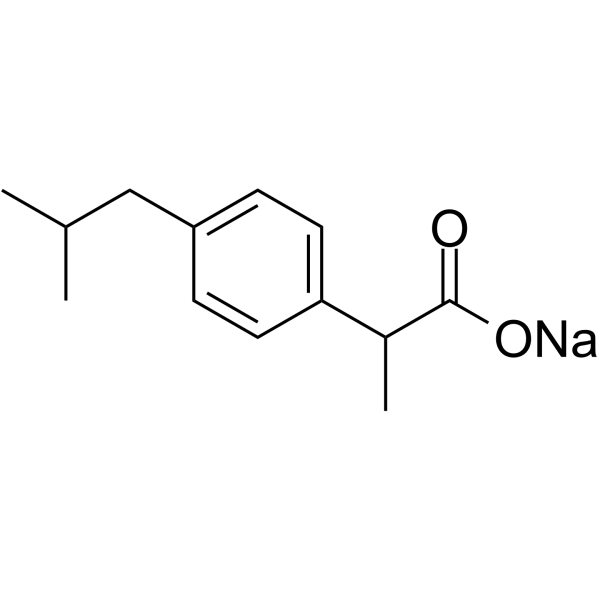 |
ibuprofen sodium salt
CAS:31121-93-4 |
|
 |
Ibuprofen
CAS:15687-27-1 |
|
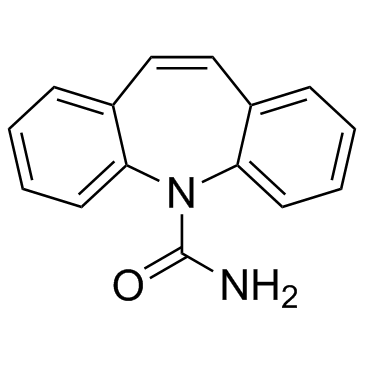 |
Carbamazepine
CAS:298-46-4 |